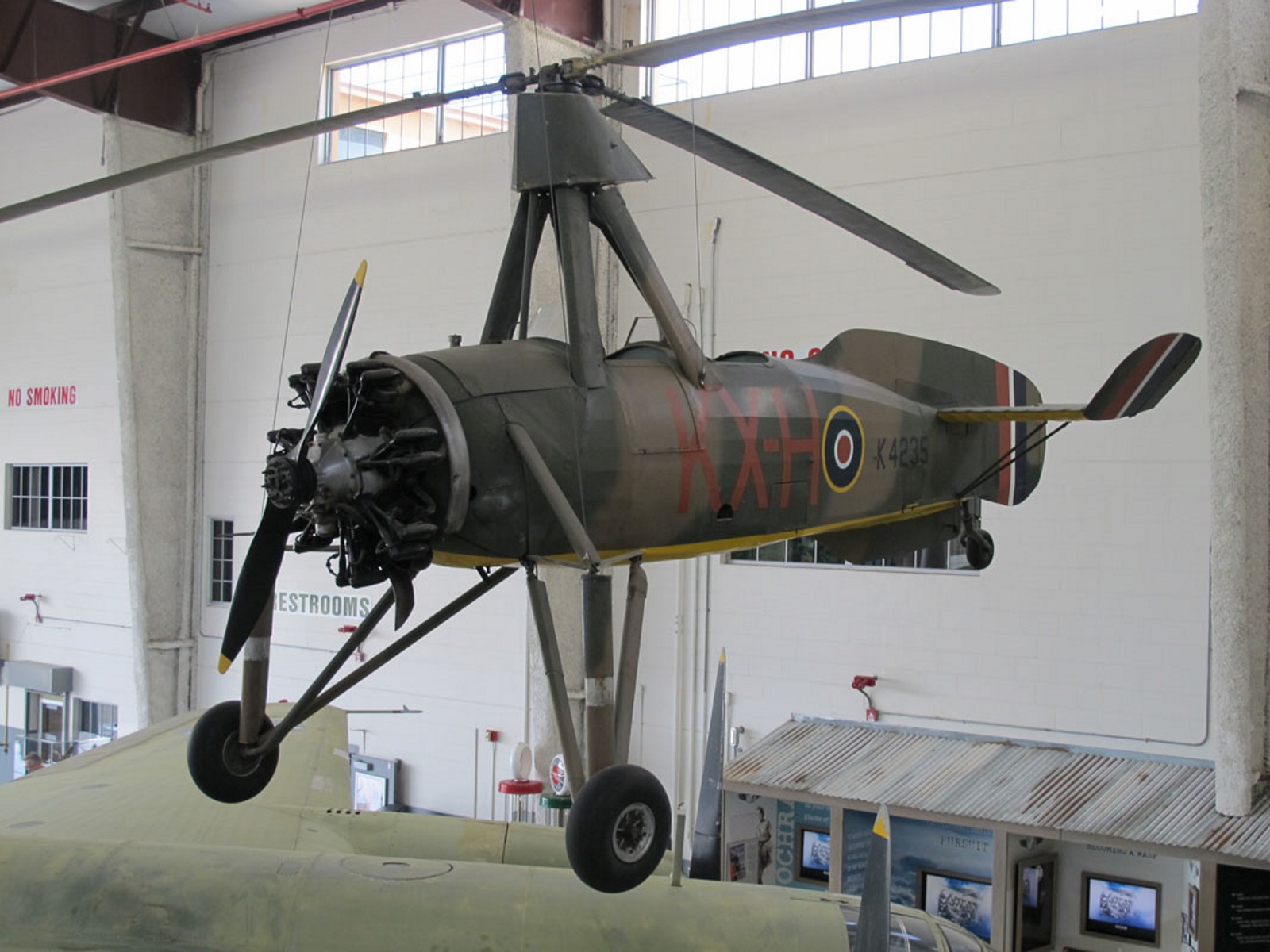
Cierva C.30 |
|
|---|---|
| Country | Italy |
| Role | Autogyro |
| First flight | April 1933 |
| Built | 148 |
The Cierva C.30 was an autogyro designed by Juan de la Cierva and built under licence from the Cierva Autogiro Company by A V Roe & Co Ltd (Avro), Lioré-et-Olivier and Focke-Wulf.
Source: Cierva C.30 on Wikipedia
| Cierva C.30-A Autogyro Walk Around | |
|---|---|
| Photographer | Vladimir Yakubov |
| Localisation | Fantasy of Flight |
| Photos | 73 |
See also:
text
The Cierva C.30 was an autogyro designed by Juan de la Cierva and built under licence from the Cierva Autogiro Company by A V Roe & Co Ltd (Avro), Lioré-et-Olivier and Focke-Wulf. It was a revolutionary aircraft that introduced the concept of direct control, which allowed the pilot to change the rotor plane by tilting the rotor hub. The Cierva C.30 had a radial engine, a fabric-covered fuselage, a three-blade rotor mounted on a tripod, and a fixed tailplane with an inverted aerofoil section on one side.
The Cierva C.30 was used for various purposes, such as aerial observation, training, liaison, and air-sea rescue. It was also tested by several air forces, including the Royal Air Force, the French Air Force, and the German Luftwaffe. The Cierva C.30 was one of the most successful and widely produced autogyros in history, with 143 units built between 1933 and 1936.
Views : 3092

